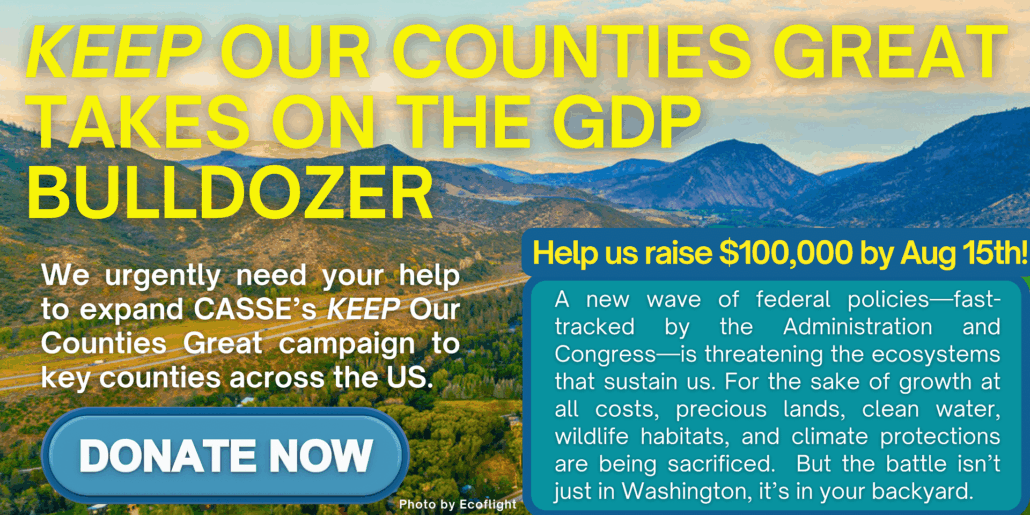Introducing the Sustainable Budgets Act (Steady-State Style)
by Brian Czech
Let’s forget about the Department of Government Efficiency (DOGE) and its questionably qualified quant for a moment. Regardless of their recklessness, getting to a sustainable budget is long overdue. Deficit spending adds to the public debt, a threat to the solvency of the United States. That’s why steady staters have long advocated for balanced budgets.
Furthermore, more spending requires a heavier ecological footprint.
